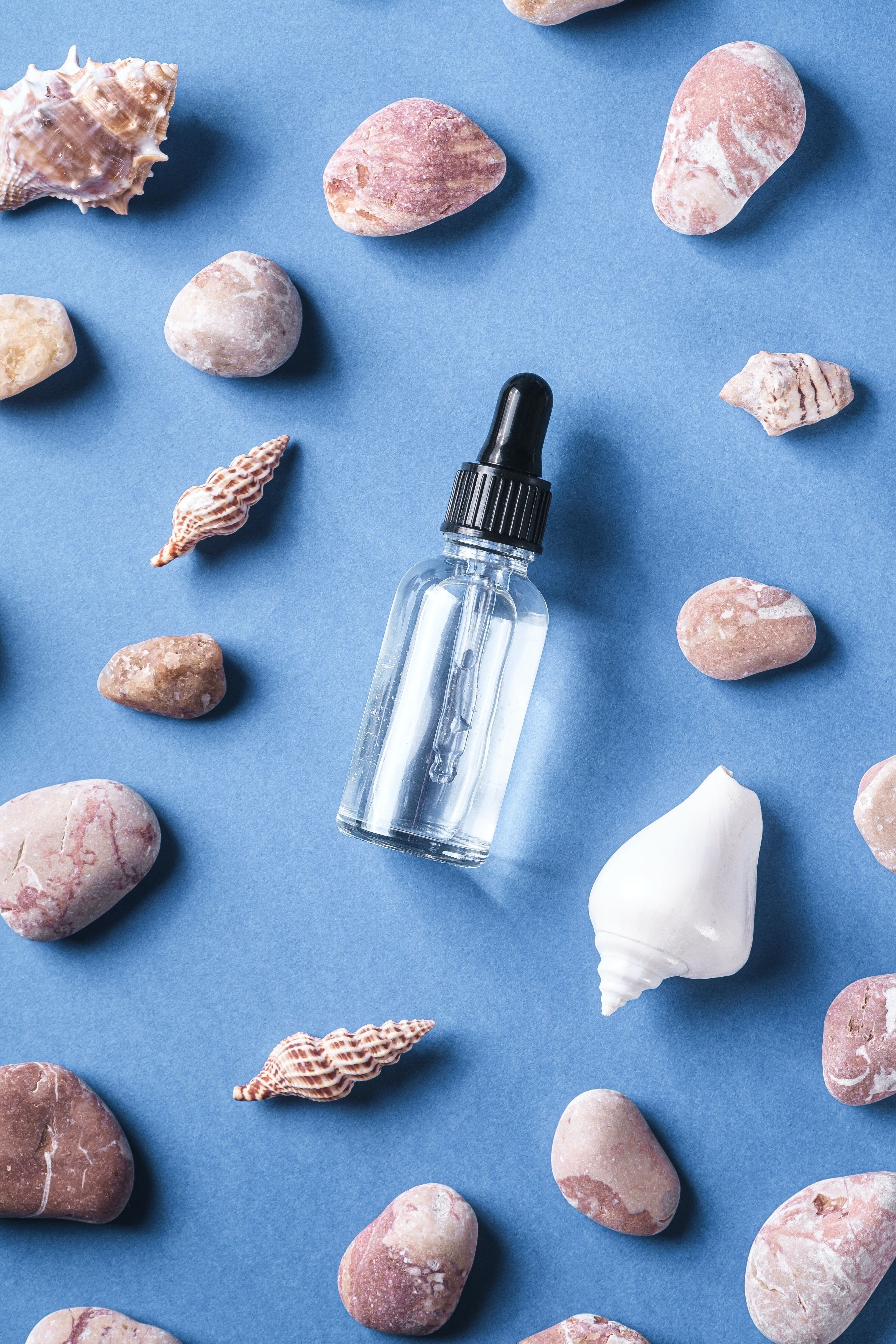
How to Reduce Dark Spots and Hyperpigmentation
Hyperpigmentation, sometimes called dark spots, is a prevalent skin issue affecting people of all ages and skin tones. Many things, such as sun exposure, hormone fluctuations, acne scarring, and aging, can bring on these annoying darker skin patches. However, there are effective ways to remove and fade these obstinate spots - but as with most things skincare, consistency and patience are key!
To help you obtain a lighter, more even complexion, we will examine the best dark spot treatments, from skincare products to medical procedures.
What is Hyperpigmentation?
Understanding hyperpigmentation is crucial before moving on to the solutions. Hyperpigmentation occurs when there’s an excess production of melanin, the pigment responsible for your skin, hair, and eye colour. Darker patches appear on the skin's surface when melanin is overproduced in some regions. There are various kinds of hyperpigmentation, such as:
- Sunspots: these flat, brown spots/patches, brought on by continuous sun exposure, most frequently appear on exposed skin, such as the hands, face, and shoulders.
- Melasma: a condition where brown or gray-brown skin patches develop on the face, typically on the cheeks, forehead, and upper lip. Melasma is frequently linked to hormonal changes, notably during pregnancy or when using birth control.
- Post-Inflammatory Hyperpigmentation (PIH): this kind of hyperpigmentation develops after the skin is damaged or inflamed, such as when acne breaks out. At the site of the earlier irritation, it results in dark blotches or patches.
Let's look at how to deal with these dark spots:
- Sunscreen: when avoiding and treating dark spots, sunscreen is your best friend. UV rays from the sun can stimulate melanin production, making hyperpigmentation that already exists worse and causing the development of new spots. Even on cloudy days, make it a routine to apply a broad-spectrum sunscreen with at least SPF 30. Additionally, ingredients like zinc oxide or titanium dioxide, offer physical protection and are especially useful for people prone to hyperpigmentation.
- Skin lightening creams: dark patches might be less noticeable when using topical skin whitening solutions. Ingredients that suppress melanin synthesis and promote cell turnover are frequently found in these products. Some essential components to look for are:
- Hydroquinone: a potent skin-lightening agent available over the counter or on a prescription.
- Vitamin C is an antioxidant that not only makes the skin appear more youthful but also shields it from future harm.
- Niacinamide: also referred to as vitamin B3, niacinamide can lighten dark spots and enhance the general texture of the skin.
- Beta hydroxy acids (BHAs) and alpha hydroxy acids (AHAs): these exfoliants help accelerate cell renewal and gradually lighten dark spots.
- It's essential to use these items consistently and have patience because results might not show for a few weeks.
- Expert medical treatments: carried out by board-certified dermatologists or licensed aestheticians are worth considering if you are searching for quicker and more noticeable results.
- Chemical Peels: acids are used in chemical peels to exfoliate the skin and improve its tone and texture. They can be made to target hyperpigmentation precisely.
- Microdermabrasion: removing the top layer of skin aids in minimising the appearance of dark spots.
- Laser therapy: melanin can be targeted and broken down by several laser treatments, including fractional lasers and intense pulsed light (IPL). This results in a more even complexion.
- Microneedling: uses tiny needles to create regulated micro-injuries, encouraging collagen synthesis and eventually lightening dark areas.
- Consult a skincare expert to ascertain which procedure is most appropriate for your discoloration and skin type.
- Natural treatments: certain chemicals and home cures may aid in reducing dark spots for individuals who prefer a more natural approach. The following choices can supplement your skincare regimen:
- Aloe Vera: aloe vera gel, well-known for its calming effects, can lighten dark spots and balance skin tone.
- Lemon Juice: lemon juice's natural acids may help lighten black spots. Use it cautiously, though, as some skin types may find it irritating. Before applying, always dilute it with water.
- The spice turmeric's anti-inflammatory and antioxidant qualities may help lessen the visibility of black patches. Make a paste from turmeric, yogurt, and other ingredients, and use it as a mask. Be patient and consistent in the usage of natural remedies because they might not produce as immediate or dramatic benefits as other treatments.
- Diet and lifestyle: making healthy lifestyle decisions can also affect how your skin looks and how many dark spots you have. Keep hydrated, eat an antioxidant, balanced diet, and get enough sleep. PIH can be caused by picking at your skin or popping pimples. Additionally, reducing stress helps stop the hormonal changes that cause melasma.
You may successfully lessen the appearance of hyperpigmentation and have a brighter, more radiant complexion by following the correct skincare regimen, using sun protection, and seeking professional advice when necessary. Be persistent and patient in your efforts to say goodbye to dark spots, keeping in mind that consistency is essential and results might take time!

